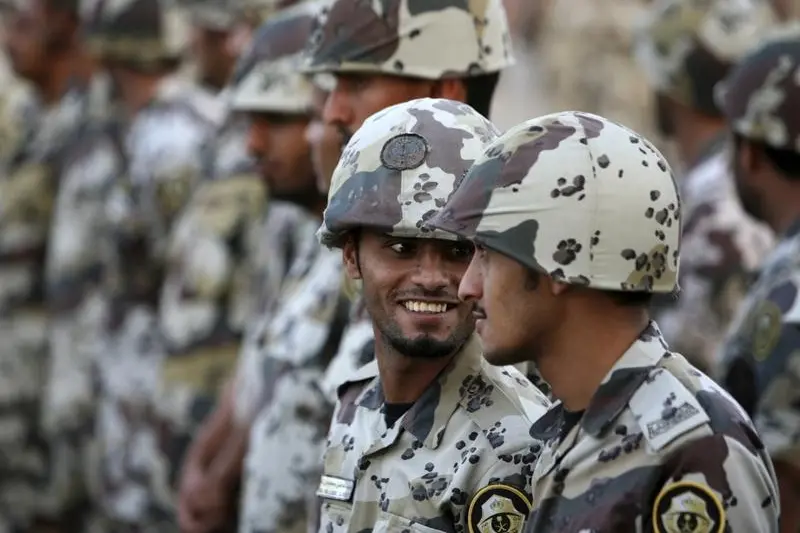PHOTO
LONDON: Defense spending by Gulf Arab states is expected to rise to more than $110 billion by 2023, driven partly by localized military initiatives by Saudi Arabia and the UAE, a report has found.
Budgets are increasing as countries pursue the modernization of equipment and expansion of their current capabilities, according to a report by analytics firm Jane’s by IHS Markit.
Military expenditure in the Gulf will increase from $82.33 billion in 2013 to an estimated $103.01 billion in 2019, and is forecast to continue trending upward to $110.86 billion in 2023.
“Falling energy revenues between 2014 and 2016 led to some major procurement projects being delayed as governments reigned in budget deficits,” said Charles Forrester, senior defense industry analyst at Jane’s.
“However, defense was generally protected from the worst of the spending cuts due to regional security concerns and budgets are now growing again.”
Major deals in the region have included Eurofighter Typhoon purchases by countries including Saudi Arabia and Kuwait.
Saudi Arabia is also looking to “localize” 50 percent of total government military spending in the Kingdom by 2030, and in 2017 announced the launch of the state-owned military industrial company Saudi Arabia Military Industries.
Forrester said such moves will boost the ability for Gulf countries to start exporting, rather than purely importing defense equipment.
“Within the defense sector, the establishment of Saudi Arabia Military Industries (SAMI) in 2017 and consolidation of the UAE’s defense industrial base through the creation of Emirates Defense Industries Company (EDIC) in 2014 have helped consolidate and drive forward industrial defense capabilities,” he said.
“This has happened as the countries focus on improving the quality of the defense technological work packages they undertake through offset, as well as increasing their ability to begin exporting defense equipment.”
Regional countries are also considering the use of “disruptive technologies” such as artificial intelligence in defense, Forrester said.
Meanwhile, it emerged on Friday that worldwide outlays on weapons and defense rose 1.8 percent to more than $1.67 trillion in 2018.
The US was responsible for almost half that increase, according to “The Military Balance” report released at the Munich Security Conference and quoted by Reuters.
Western powers were concerned about Russia’s upgrades of air bases and air defense systems in Crimea, the report said, but added that “China perhaps represents even more of a challenge, as it introduces yet more advanced military systems and is engaged in a strategy to improve its forces’ ability to operate at distance from the homeland.”
Copyright: Arab News © 2018 All rights reserved. Provided by SyndiGate Media Inc. (www.Syndigate.info).
Disclaimer: The content of this article is syndicated or provided to this website from an external third party provider. We are not responsible for, and do not control, such external websites, entities, applications or media publishers. The body of the text is provided on an “as is” and “as available” basis and has not been edited in any way. Neither we nor our affiliates guarantee the accuracy of or endorse the views or opinions expressed in this article. Read our full disclaimer policy here.
© Arab News 2019












